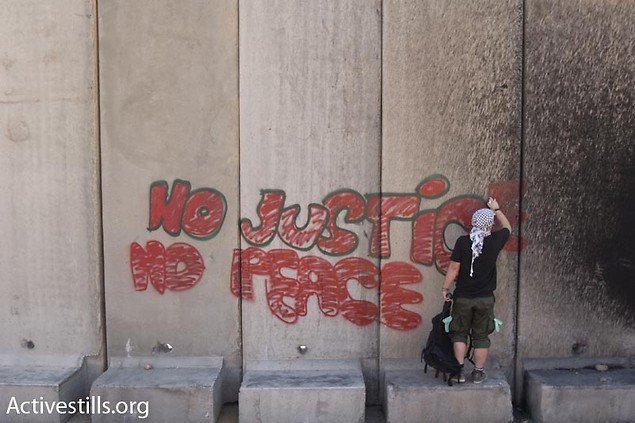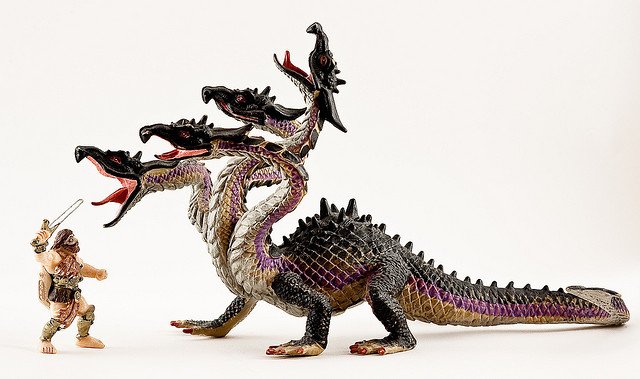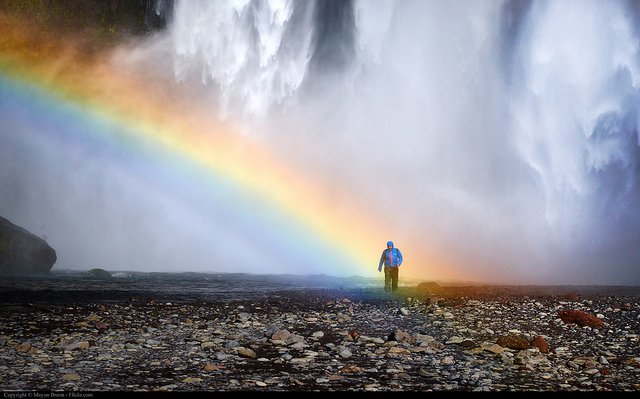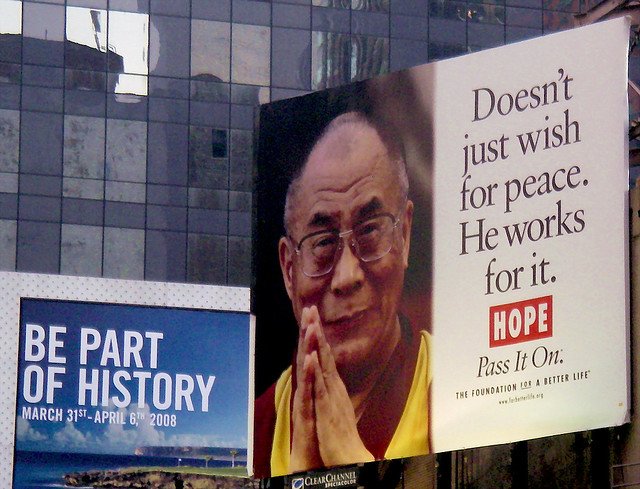What is Global Goal 16?
Goal 16 aims to end all the hard-to-process, upsetting stories that confront us pretty much anytime we read the news. In other words, it aims to promote peace and justice.
From gang violence in Central America and police shootings in the United States to civil war in Syria and beheadings by ISIS, there are a lot of messed up things happening in the world, and a lot of it falls under Goal 16’s umbrella. It’s not just a cliché Miss Universe interview—world peace is important.

How plausible is goal 16?
Of course “world peace” is THE ULTIMATE goal, but it’s definitely easier said than done (otherwise we wouldn’t be having this discussion right now). Just reading the front page of the news on any given day—276 Nigerian schoolgirls kidnapped by Boko Haram, 43 students disappeared in Mexico, a humanitarian crisis in Syria—it’s hard not to feel defeated.
We know that conflict severely limits a country’s economic and social development, but, on the reverse side, limited social/economic development also leads to conflict. It is a vicious, hard-to-escape cycle that can feel like a many-headed hydra.

Apparently, I’m not alone in my feelings.
It was questionable whether Goal 16 would even make the cut for the Global Goals at first. Some leaders felt like the issues covered by 16 (things like politics, peace and security) should be kept in a separate compartment from “development goals,” because it’s just too messy and controversial.
But countries like Liberia and Sierra Leone, some of the most tumultuous countries out there, insisted on including a peace and justice goal. Without a foundation of peace and order, it’s hard to get much of anything else done.
When you break down the overarching peace and justice goal into its individual bullet points—like ending the illegal arms trade or creating more transparency in state institutions—it starts to become a little more digestible. Plus, there is a lot of international experience to draw from.
Which brings us to our next question…
Has any progress been made?
Despite all the very-real conflict and corruption mentioned above, the world has actually become a dramatically less violent place than in the past. When you zoom out and look at the course of human history, you start to feel a little more optimistic.
A few facts: In 1942 the rate of genocide deaths per world population was 1,400 times higher than it was in 2008. Before organized countries existed, the number of people killed in battle was 500 out of every 100,000 people. Now that number is down to three-tenths of a person.
Just think about it. In the 20th century we had two MAJOR World Wars Wars that involved multiple countries and claimed tens of millions of lives. It’s hard to imagine that kind of widespread, international warfare taking place today. Peace and justice are two pillars that have grown taller throughout the history of human civilization.
The flip side to the generally positive historical trend is that global violence has slightly increased in the past eight years, and conflicts have also become more concentrated in the developing world.
Some statistics show us how much work is left to do. Personal security is still a major concern for over 1 in 10 people on the planet. In 2012 child soldiers were used in the armed conflicts of 19 countries. Bribery, theft/ tax evasion and corruption cost developing countries some $1.26 trillion dollars a year (that would be enough to help people making less than $1.25 a day more than that for over six years). In conflict-ridden countries 28.5 million children dropped out of elementary school in recent years.
The data is crazy to think about. But peace and justice wasn’t even included as a Millennium Development Goal, so just the existence of Goal 16 is a step in the right direction.
Looking at some other recent news is also inspiring: South Korea sent a proposal to North Korea to allow families separated by their war to hold a reunion. Colombia is in the midst of peace talks that could end over five decades of armed conflict. President Obama created a “Task Force on 21st Century Policing” to restore community trust in law enforcement officers.
The evidence is all around us. Most governments care about what is happening to their people, and most people care about each other.
Who are the leaders on goal 16?
Where can you find Aurora Borealis, reindeer and a 99% literacy rate?

It’s a real place with a pretty made-up sounding name—Iceland—and now it can add most peaceful country in the world to its shining list of accomplishments. Every year the Institute for Economics and Peace releases a Global Peace Index that ranks over 170 countries and, you guessed it, this year Iceland topped the list. Denmark, Austria and New Zealand made the top five as well. From protecting civil liberties to staying out of armed conflicts these countries seem to have figured it out.
There’s also a name that is essentially synonymous with peace and justice: the Dalai Lama. He promotes a “human approach” to world peace, which basically suggests that human problems could be solved by changing human attitudes. Compassion and individual responsibility is the name of the game.
But for those out there who find that a little too hippie-dippie, feel-good there are countless organizations that are working to promote world peace and justice on a tangible level. The World Bank has a unit specifically dedicated to justice and public security, and will be working with the UN to measure how progress on peace and justice is made. Organizations like Amnesty International and Human Rights Watch make countries accountable when they violate citizens’ rights and publicize human rights abuses that might slip between the cracks.
What tactics will be used to accomplish this goal?
With a goal as big as peace and justice, the strategies used to promote it will be varied. But one key point raised over and over is that development and conflict are inextricably linked. There is a reason why 9 out of 10 countries with the lowest human development index have also experienced conflicts within the past 20 years. When you fight poverty and inequality, you also end conflict.
When you look at it that way, any organization or action that brings opportunities, education, awareness and resources to a country could be considered a tool for peace and justice.
But I’ll admit that’s a really broad way of looking at it. So here are five examples:
1) New technology! Amnesty International uses satellite images to expose human rights abuses during conflicts. It not only helps raise international awareness, but eventually could serve as evidence so that justice is served!
2) Education! Literacy is a fundamental human right. When people have access to education, economic prosperity and peace follow.
3) Having governments monitor themselves. For example, Rwanda, still suffering from the devastating effects of the 1994 Genocide, created a Governance Scorecard. It measures everything from security to political inclusion, and helps keep the government on its A game.
4) Researching, documenting and campaigning relentlessly. After years of inaction, Human Rights Watch stepped up to end sexual violence as a weapon of war in the Congo and they succeeded by looking at the roots of a problem (like military structure, living conditions, etc). It’s not just about advocating for victims, but stopping crimes before they happen.
5) Be peaceful yourself! The Dalai Lama is a smart guy, and he’s not wrong in saying that human action and attitude are important. So everything from taking a deep breath when you feel angry to speaking out against injustice when you see it counts. Every small action can have a tremendous ripple effect.

What else can you do?
Peace and justice are goals that begin on an individual level and grow outward.
They start with everyday people treating one another with respect and lending a helping hand when needed.
So, to promote peace and justice, learn more about the world, have cross-cultural discussions, actually treat everyone you meet with respect and call on world leaders to send robust aid to countries in difficult situations.
You can also go to TAKE ACTION NOW and email world leaders telling them to make strong commitments to the Global Goals.